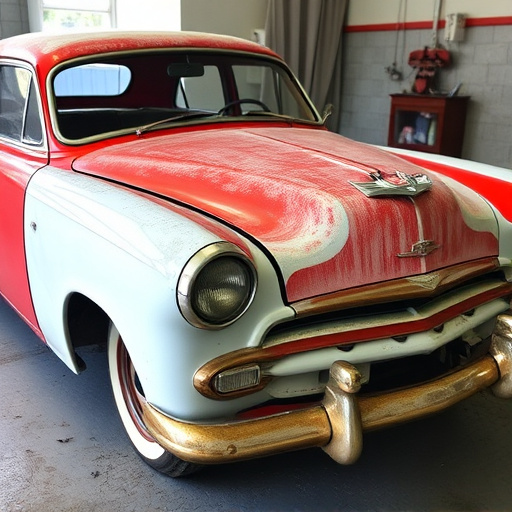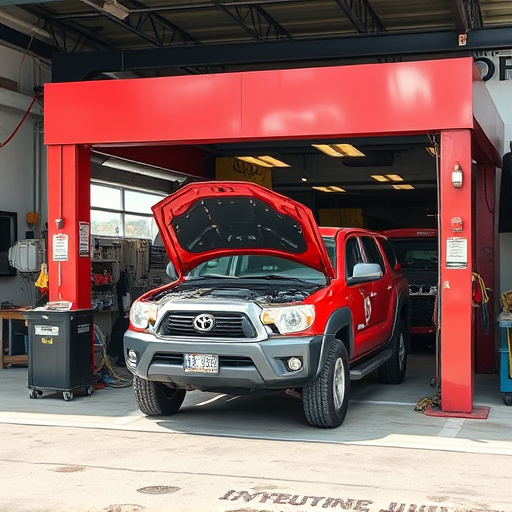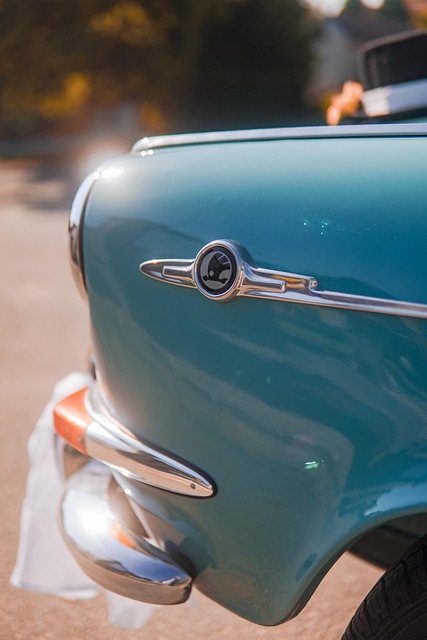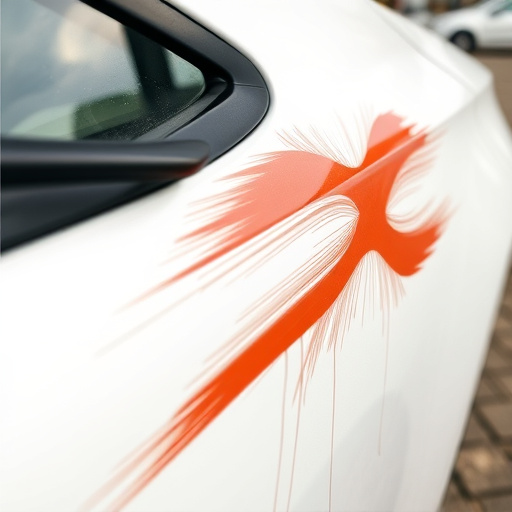Fender dent repair is crucial for maintaining a vehicle's appearance and structural integrity, with techniques ranging from manual pounding and painting to modern paintless dent repair (PDR). PDR is efficient for collision repair, conserving time and resources. Manual methods are cost-effective but time-consuming, while professional techniques like pneumatic tools or machine straightening are faster but more expensive. Post-repair painting ensures seamless finishes but adds costs. The optimal method depends on dent severity, budget, and desired outcome. Early intervention and high-quality products are key to achieving top results in fender dent repair.
“Uncover the secrets to achieving a flawless finish with our comprehensive guide to fender dent repair. From understanding the various techniques to exploring the pros and cons of common methods, this article is your ultimate resource. Learn how to effectively navigate the process of removing dents from your vehicle’s fenders, ensuring both aesthetics and functionality. Discover the step-by-step approach to achieving a professional-looking repair, saving time and money in the process.”
- Understanding Fender Dent Repair Techniques
- The Pros and Cons of Common Fender Dent Repair Methods
- Step-by-Step Guide to Effective Fender Dent Removal
Understanding Fender Dent Repair Techniques
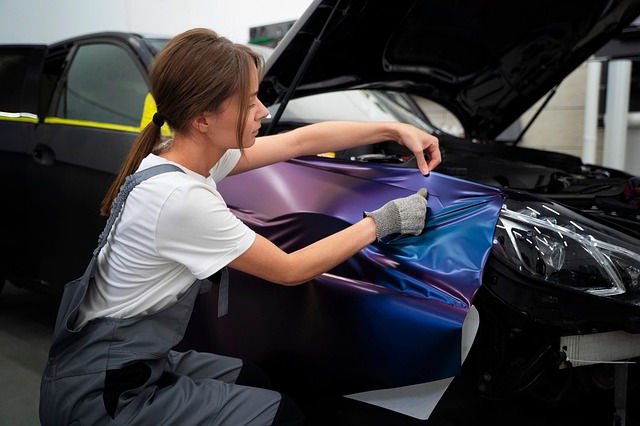
Understanding Fender Dent Repair Techniques
Fender dent repair is a critical aspect of both automotive aesthetics and functionality. It involves skilled techniques to address and rectify dents or damage on car bodies, specifically the fenders—the exterior panels that cover and protect the wheels. The primary goal is to restore these parts to their original condition, ensuring they look as good as new and maintain structural integrity.
There are various methods employed in fender dent repair, each tailored to different levels of damage. From simple dents and dings to more complex deformities, professionals use a combination of tools and techniques like pounding, painting, and precision cutting. Modern approaches leverage advanced technologies such as PDR (Paintless Dent Repair) methods that avoid extensive paintwork, conserving time and resources. These techniques are not just for minor cosmetic issues; they’re also essential in collision repair and vehicle repair scenarios, where quick, efficient restoration is paramount to get cars back on the road safely and economically.
The Pros and Cons of Common Fender Dent Repair Methods

When it comes to fender dent repair, several methods are available, each with its own set of advantages and disadvantages. One common approach is using a putty knife for manual dent removal, which offers precision but can be time-consuming and may not be suitable for severe dents. This method is cost-effective and doesn’t require specialized equipment, making it a popular choice among DIY enthusiasts.
On the other hand, professional car collision repair often involves more advanced techniques like pneumatic tools or machine straightening. These methods are faster and can handle complex deformations, but they come with higher costs. Additionally, vehicle paint repair might be necessary after using these techniques to ensure the surface is seamless and matches the original finish. This process adds to the overall expense but guarantees a more flawless restoration.
Step-by-Step Guide to Effective Fender Dent Removal
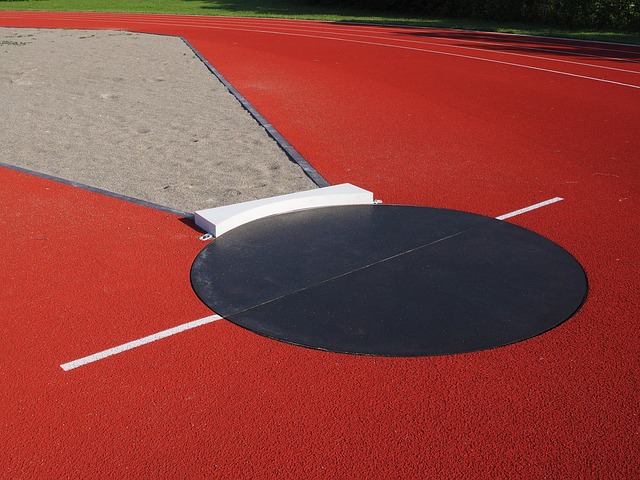
Removing a fender dent requires careful steps to ensure a seamless repair that restores your vehicle’s aesthetic appeal. Here’s a step-by-step guide for effective fender dent removal:
1. Assess the Damage: Begin by thoroughly inspecting the dented area. Identify its size, depth, and location on the fender. Different types of dents may require specific repair techniques, so understanding the damage is crucial. Remember, catching the dent early can make the repair process easier and more efficient.
2. Gather Materials: Before you start, ensure you have the necessary tools and materials for the job. This typically includes a dent puller or a set of rubber mallets, a heat gun (for softer dents), plastic welders (for more severe cases), and filler material like putty. Car bodywork services often recommend using high-quality products to guarantee long-lasting results.
3. Heat Application: For warmer materials, use a heat gun to warm the dented area gradually. This step is crucial as it allows you to mold the metal back to its original form without causing further damage. Be cautious not to overheat, which could lead to excessive metal deformation.
4. Dent Removal: Using the dent puller or rubber mallets, gently apply pressure on both sides of the dent. Start at the highest point and work your way around the dent, slowly pulling it out. This step may take time, especially for larger dents. Be patient and consistent in your efforts to avoid leaving any indentations.
5. Fill and Sand: After removing the dent, apply filler putty, smoothening it until the area is level with the fender’s surface. Once dry, sand the filled area gently to ensure a seamless finish. This process is akin to sculpting, requiring precision and care.
6. Final Touches: Use high-quality car repair services for painting and finishing if needed. A professional touch will make the repaired area indistinguishable from the rest of the fender.
When it comes to fender dent repair, understanding the various techniques and their pros and cons is key. The right method can not only restore your vehicle’s aesthetics but also maintain its value. By following a step-by-step guide and considering the benefits and drawbacks of each approach, you’re equipped to make an informed decision. Remember, timely action and proper repair methods are essential in minimizing damage and ensuring a seamless restoration.
